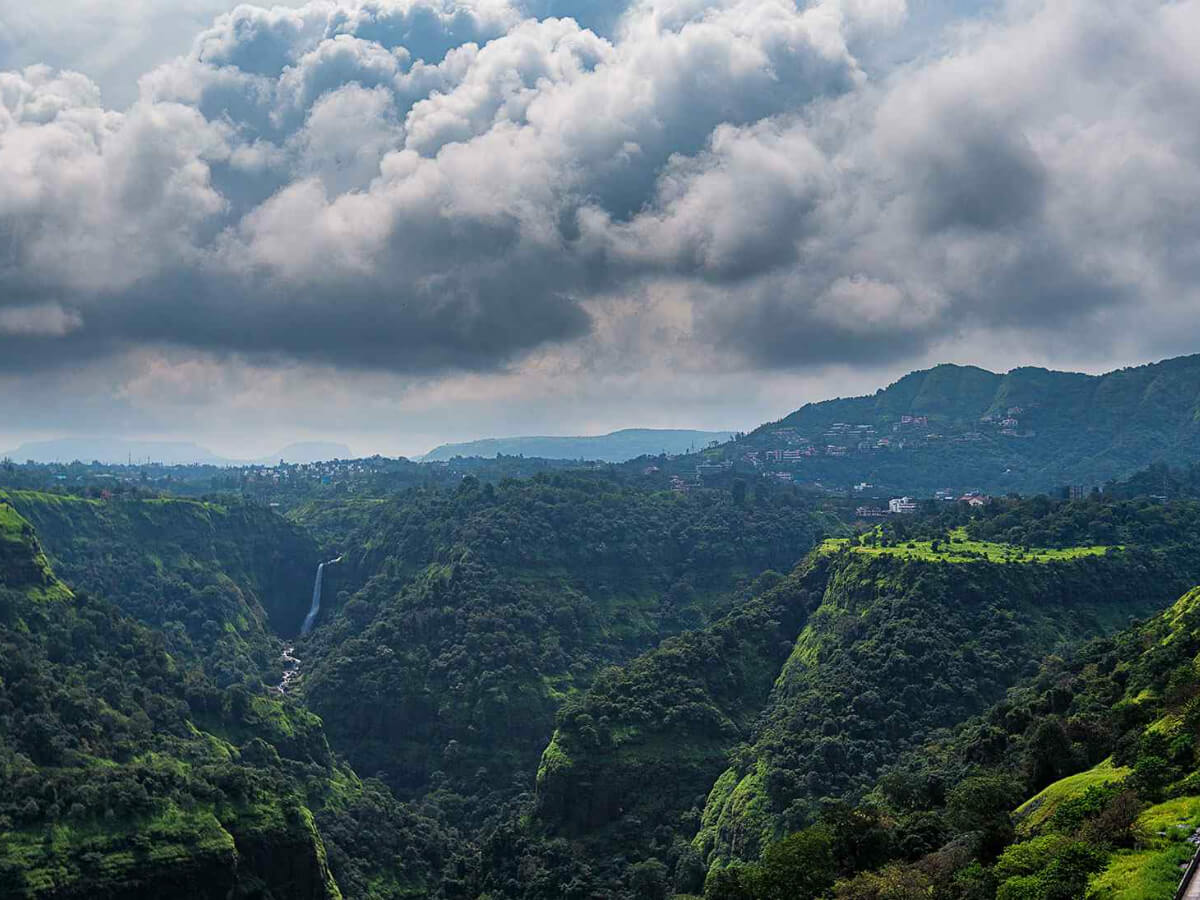Tour Package
Pune Tour Packages
SUPER DEAL PRICE
STARTS FROM
per person on twin sharing
ATMs widely available in Pune, limited rurally.
Cards widely used in Pune, limited beyond city.
Bank branches common in city, fewer in villages.
India’s first high-speed expressway is Pune-Mumbai.
Pune residents are renowned for warm hospitality.
Pune - Visitors Statistics

Annually
95,00,000
Male51%
Female49%
By Purpose
Couples
For Newlywed Vacations
Family
For Family Vacations
Top Tourist Attractions
Shaniwar Wada
Aga Khan Palace
Lal Mahal
Empress Garden
Sinhagad Fort
Saras Baug
Kamshet
Pataleshwar Cave Temple
Everything You Need to Know About Pune
The ‘Oxford of the East’ is perhaps one of the most well-known titles given to Pune. While its esteemed educational institutions are indeed noteworthy, this city has so much more to offer. From its nightlife and Maharashtrian cuisine to the nearby hill stations, there is much to explore with GT Holidays’ Pune tour packages.
As you enter Pune, you will be welcomed by its warm and friendly people, who, despite their busy schedules, manage to remain simple and helpful. If greenery is what you wish to witness, then Pune’s lush green forests are a sight for sore eyes. It’s a city where modern buildings and natural beauty peacefully coexist. Let’s dive deep into the history, art, culture, food, tourist attractions, and shopping scene of Pune so you can find out what’s alluring about the ‘Queen of the Deccan’ and the cultural capital of Maharashtra.
View All Pune Tour Packages
Travel Tips

Visa Information
Check visa requirements before traveling, ensuring a smooth entry and compliance with destination regulations.

Health and Safety Tips
Prioritize health, stay hydrated, follow safety guidelines, and maintain personal hygiene for a secure journey.

Currency and Tipping
Familiarize with local currency, consider customary tipping practices for respectful and seamless travel experiences.
FAQs:
Book Your Dream Vacay Today!





